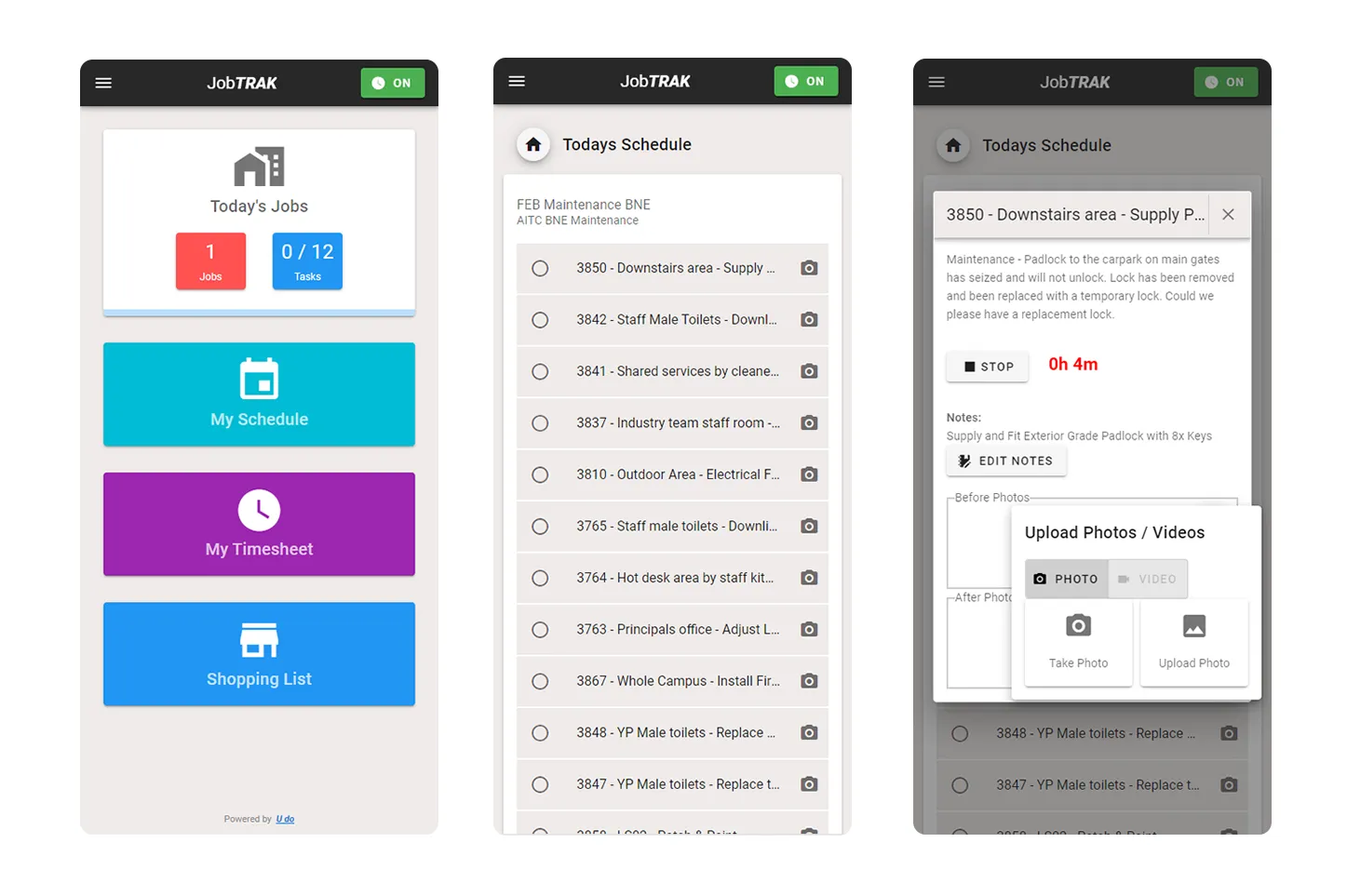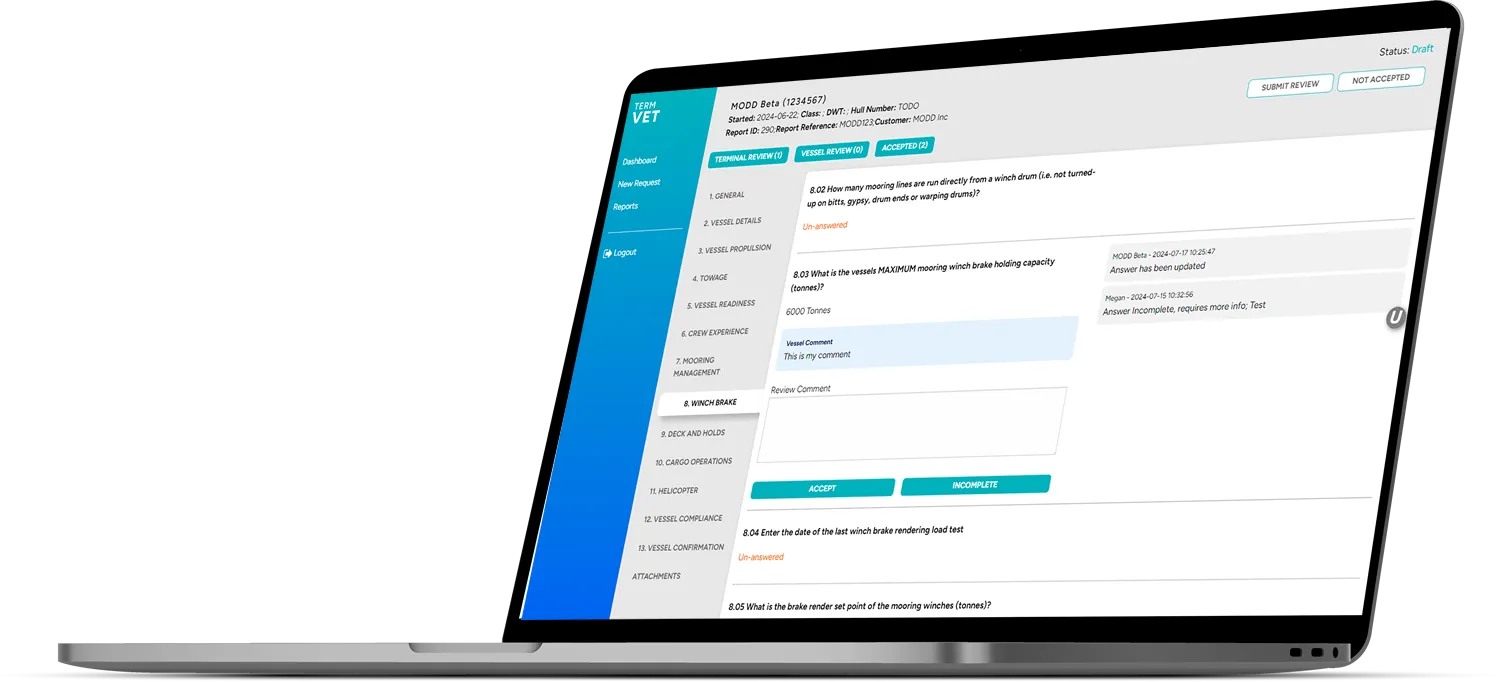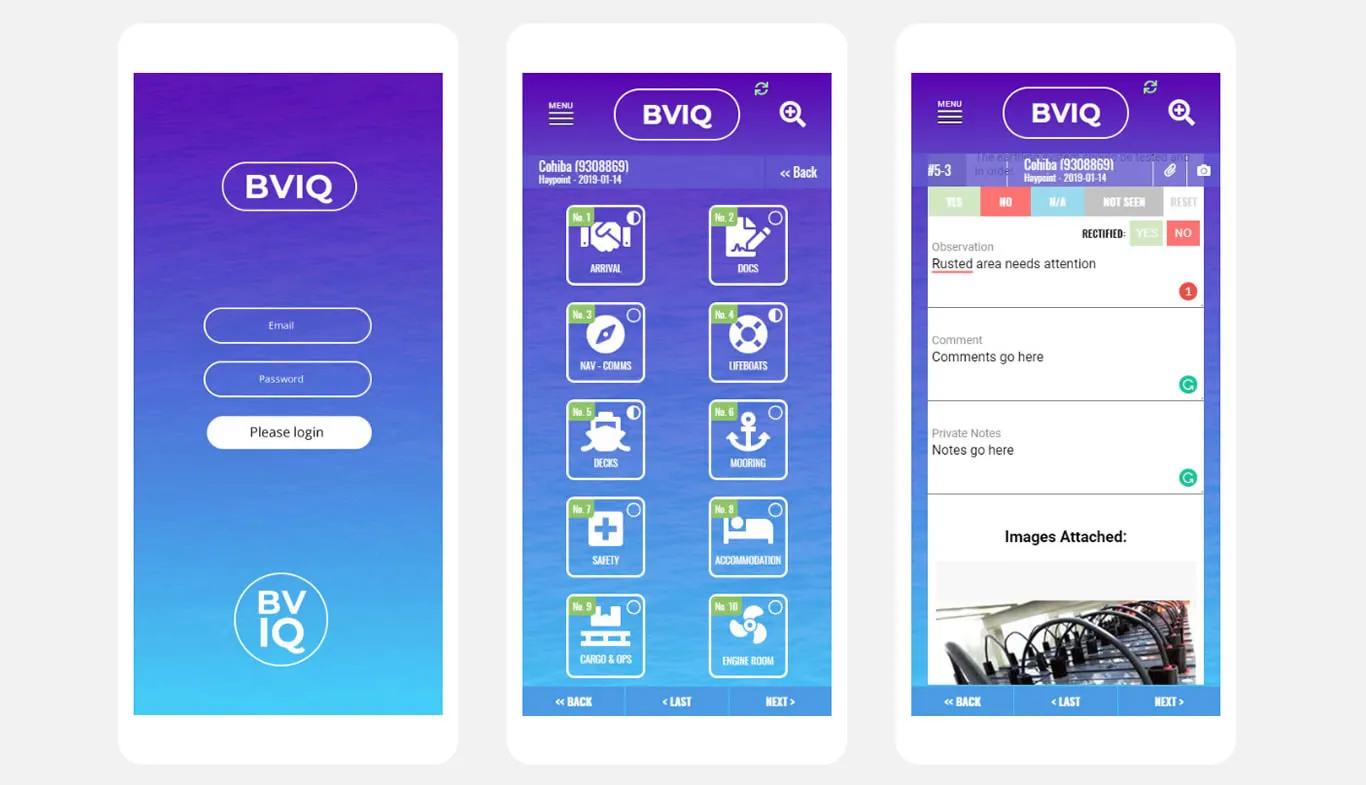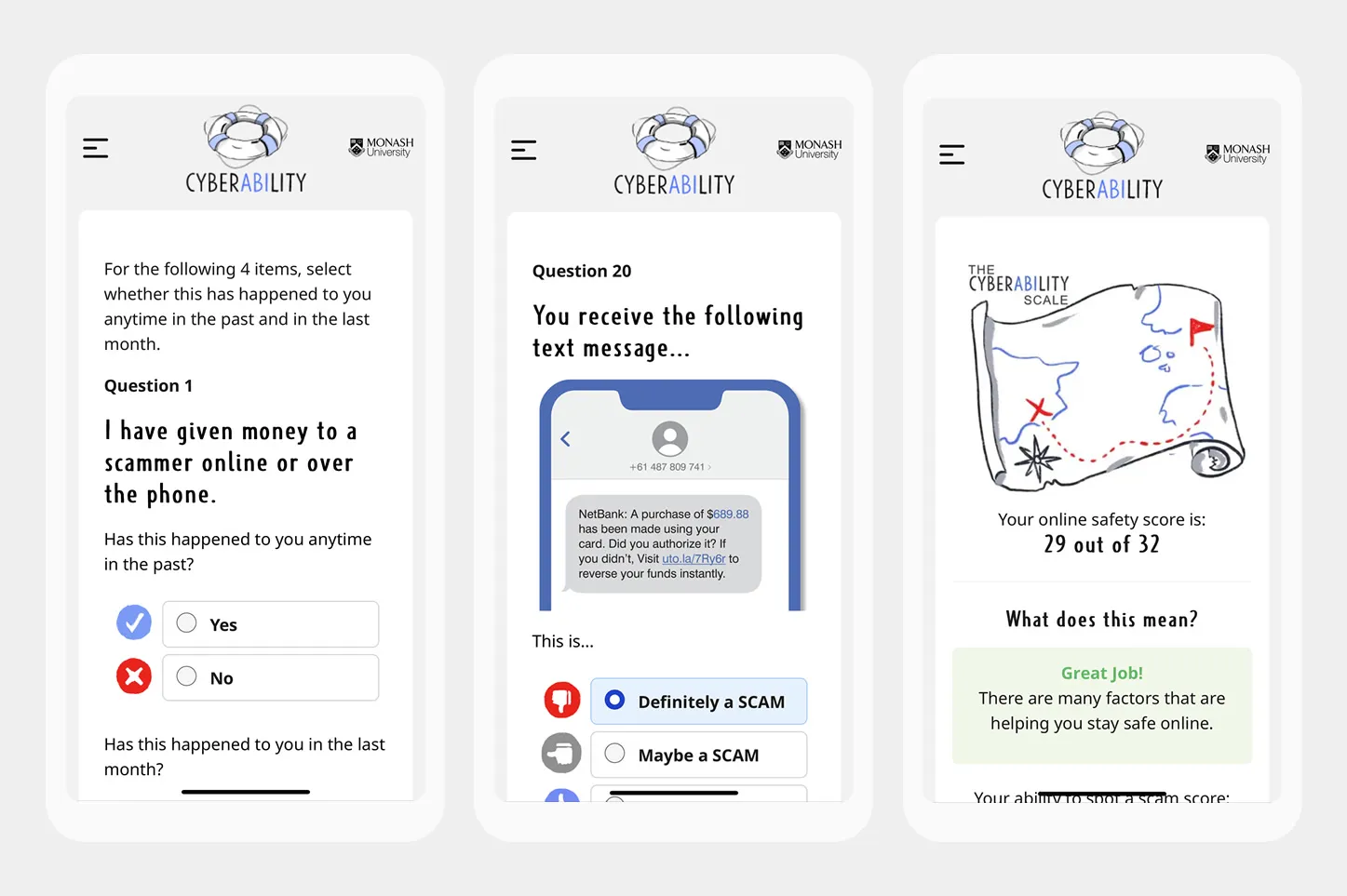
Why Web-Based Apps Are Shaping the Future of App Development
A Deep Dive into Native vs. Web Apps
With the rising demands for flexibility, cost-effectiveness, and speed of deployment, web-based apps are increasingly becoming the go-to solution for businesses looking to create dynamic, scalable, and future-proof platforms.
This article will focus on explaining the advantages of web-based apps, with a particular emphasis on why they are more adaptable, budget-friendly, and ideal for rapidly evolving industries. We’ll explore why web apps can offer a progressive alternative to native apps and serve as an excellent platform for prototyping and testing new ideas.
What is a Native App?
A native app is an application developed specifically for a particular operating system (OS), such as iOS for Apple devices or Android for devices like Samsung and Google Pixel. These apps are written in languages that are specific to the platform they are designed for—Swift or Objective-C for iOS and Java or Kotlin for Android. Native apps are downloaded from app stores (like the Apple App Store or Google Play Store) and installed directly on the user’s device.
How Native Apps Work
Native apps integrate directly with the device’s operating system and have access to hardware features like the camera, microphone, GPS, and other sensors. Because they are designed for a specific OS, they can take full advantage of the system's capabilities, leading to better performance and more advanced functionality. When you download an app from the app store, you install a version that is built exclusively for your operating system, meaning it’s optimized for that platform.
Examples of Native Apps
Instagram (iOS and Android)
Spotify (iOS and Android)
WhatsApp (iOS and Android)
These apps offer smooth performance, access to device-specific features, and integration with the user’s operating system.
What is a Web-Based App?
A web-based app (or web app) is an application that runs in a web browser. Unlike native apps, which are installed directly on a device, web apps are accessed via the internet and function within the browser. They are built using standard web technologies like HTML, CSS, and JavaScript, and they can be used on almost any device that has a browser—whether it’s a smartphone, tablet, or desktop computer.
The beauty of web apps lies in their simplicity and universality. You don’t need to download or install anything to use them. Simply type in a URL, and the app runs right in your browser. In an era where accessibility and speed are key, web-based apps offer a significant advantage by removing the need for cumbersome downloads and platform-specific versions.
How Web Apps Work
Web apps reside on remote servers and are delivered to users via the internet. They are often platform-independent, meaning they work across different operating systems without the need for modification. Users simply visit a URL, and the app runs within the browser. Since they don’t need to be installed, web apps can be quickly updated by developers, and users always have access to the latest version without needing to download updates.
Examples of Web Apps
These apps provide the same functionality as a native app but can be accessed from any device with an internet connection. All the web-based apps below were built on the U do platform, offering significant time and cost savings.
Job and task tracking Web-Based App for the maintenance and construction industry.

A pre-arrival Port Vetting Questionnaire Tool for assessing a vessel's safety and compliance. https://termvet.com/

A standardised inspection tool for assessing, reporting on and improving the physical condition, operation and safety performance of vessels. bviq.net

Check how safe you are from scams using The CyberABIlity Scale, this is a web based app and can completed by anyone online and takes about 15 minutes.

Key Differences Between Native Apps and Web Apps
Although native and web-based apps both serve similar purposes, they differ in several key areas, particularly in development costs, flexibility, user experience, and performance. Here's how web-based apps stand out in these areas:
1. Lower Development Costs
One of the most significant advantages of web-based apps is their lower cost of development. Since web apps use a single codebase across all platforms, they eliminate the need to create separate apps for iOS, Android, or any other operating system. This is a stark contrast to native apps, which require developers to build different versions for each platform, leading to higher costs.
For example, if you were to build a native app for both iOS and Android, you would need two development teams: one for Swift/Objective-C and one for Java/Kotlin. The more platforms you support, the more the costs add up. Web apps, on the other hand, can run on any device with a browser, significantly reducing the time and money spent on development.
Additionally, web apps don’t need to pass through app store approval processes, which can be time-consuming and costly, further reducing time to market and associated expenses.
2. Cross-Platform Compatibility
Web-based apps are inherently cross-platform, meaning they work seamlessly across all devices and operating systems. Whether your users are on a Windows laptop, an Android phone, or an iPad, they can access your app simply by visiting a URL. This wide compatibility makes web apps an excellent choice for businesses targeting a diverse user base.
Native apps, by comparison, are limited to the platform for which they are designed. An app built for iOS won’t run on Android without being rebuilt, which can add significant development time and cost. With web-based apps, you only need to build and maintain one version, making it much easier to ensure a consistent user experience across different devices.
3. Dynamic and Progressive Development
In today’s fast-paced digital landscape, businesses need apps that can adapt and evolve quickly. Web-based apps shine in this area thanks to their dynamic nature. Developers can push updates and new features instantly, without requiring users to download and install new versions. This makes it easy to roll out improvements, fix bugs, and respond to user feedback in real-time.
Additionally, web-based apps can take advantage of Progressive Web App (PWA) technology, which offers many of the same features as native apps, such as offline functionality, push notifications, and the ability to add the app to the home screen. PWAs are designed to be progressive, meaning they work for all users, regardless of browser choice or device capabilities, and they improve over time as more features become available.
For businesses that need to move fast and stay agile, web apps provide a future-proof solution. They can be updated continuously, ensuring that the app remains cutting-edge without the need for frequent and disruptive app store submissions.
4. Perfect for Prototyping and Testing
One area where web-based apps truly excel is in prototyping and testing. Because web apps are easier and faster to develop, they are an ideal platform for testing new ideas or features. You can quickly build a minimum viable product (MVP) and get it in front of users for feedback, without the long and expensive development cycles associated with native apps.
This makes web apps perfect for startups and businesses looking to experiment with new ideas before committing to a full-fledged product. You can iterate rapidly, tweak your app based on user feedback, and test different features in a live environment. Once the app has been fine-tuned and validated, you can decide whether to continue with the web app or develop a native app based on your learnings.
5. Faster Time to Market
For businesses aiming to launch their app quickly, web-based apps provide a significant advantage. With native apps, the development process can take several months or even years, especially if you’re building for multiple platforms. Add to that the time required for app store approvals, and it’s clear why native app development can be a lengthy endeavor.
Web-based apps, on the other hand, can be developed and deployed much faster. Since you don’t need to worry about app store restrictions, you can launch your app as soon as it’s ready. This quick turnaround time allows businesses to get their products to market faster and start gaining traction.
6. Instant Updates
Unlike native apps, which require users to manually update the app when a new version is released, web-based apps are always up-to-date. This is because web apps run in the browser, so whenever a user accesses the app, they are automatically using the latest version. This not only ensures that users have access to the latest features and security patches, but it also reduces the burden on developers who no longer need to worry about managing updates across different platforms.
For users, this means a seamless experience without the need for constant notifications to update their app. For businesses, this means faster iteration cycles and the ability to push updates whenever needed, without waiting for app store approvals.
7. Access to Device Features Through Progressive Web Apps
A common misconception is that web apps don’t have access to device features like cameras, GPS, or push notifications. While this may have been true in the past, modern web technologies have advanced significantly. Progressive Web Apps (PWAs) now enable web apps to access many of the same features as native apps, including:
Offline functionality: PWAs can cache data, allowing users to access the app even when they are offline.
Push notifications: Users can receive notifications, even when they are not actively using the app.
Home screen access: Users can add a PWA to their home screen, making it feel like a native app.
Access to hardware features: PWAs can access device hardware such as the camera, microphone, and geolocation.
These advancements have made web-based apps more capable than ever before, offering a native-like experience without the complexity of building and maintaining separate apps for different platforms.
8. Cost-Effective Maintenance
When it comes to maintaining apps, web-based apps are far more cost-effective than their native counterparts. Since web apps use a single codebase for all platforms, there’s no need to maintain separate code for iOS, Android, and other operating systems. This reduces the workload for developers and significantly cuts down on long-term maintenance costs.
In contrast, native apps require ongoing maintenance for each platform. If a bug is found in the iOS version, it needs to be fixed separately from the Android version. The more platforms you support, the more resources you need to allocate for maintenance.
The Rise of Hybrid and Progressive Web Apps
To bridge the gap between native apps and web apps, developers have come up with hybrid apps and progressive web apps (PWAs). These solutions aim to combine the benefits of both native and web apps.
Hybrid Apps: Hybrid apps are essentially web apps wrapped inside a native shell. They are built using web technologies like HTML, CSS, and JavaScript but are packaged as native apps and can be distributed through app stores. Hybrid apps can access some device features, though not as fully as native apps.
Progressive Web Apps (PWAs): PWAs are web apps that are designed to work like native apps. They can be installed on a device’s home screen, send push notifications, and even work offline. PWAs use modern web capabilities to deliver an app-like experience, but they still run within the browser. PWAs are gaining popularity because they offer many of the benefits of native apps without the cost or complexity of developing separate versions for multiple platforms.
Why Web-Based Apps are the Smart Choice
Web-based apps offer a compelling combination of lower development costs, cross-platform compatibility, dynamic functionality, and faster time to market. For businesses looking to create accessible, scalable, and future-proof apps, web apps are the way forward.
With the rise of Progressive Web Apps, web-based apps are now capable of delivering many of the same features as native apps, including offline functionality, push notifications, and access to device hardware. This makes them an ideal solution for businesses that need flexibility, rapid development cycles, and broad reach.
Furthermore, for businesses in the early stages of development, web apps provide an excellent platform for prototyping and testing. You can quickly validate ideas, gather feedback, and make improvements—all without the time and cost associated with native app development.
In a world where agility and adaptability are crucial, web-based apps stand out as a dynamic and progressive choice that can grow and evolve with your business.
U do Web Platform: The Ideal Solution for Dynamic and Flexible Web-Based App Development
The U do web platform offers the perfect software for creating web-based apps due to its combination of dynamism, flexibility, and an easy-to-use code base. With U do, businesses can rapidly develop apps that work seamlessly across all platforms, cutting down both time and cost. Its flexible framework allows developers to create custom functionalities while maintaining simplicity in code management.
Furthermore, the platform’s code feature makes it easier to implement changes and updates, allowing for a more agile development process. This makes U do an ideal platform for businesses seeking to build dynamic, scalable, and progressive web apps.
If you would like to chat about your next web-based app and see if the udo platform is the right choice for you, then get in touch.